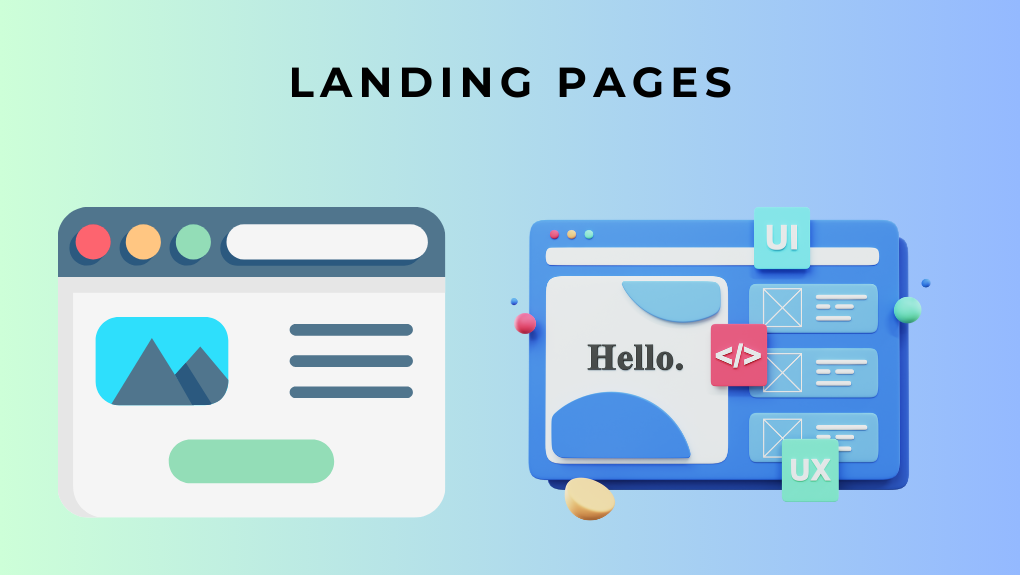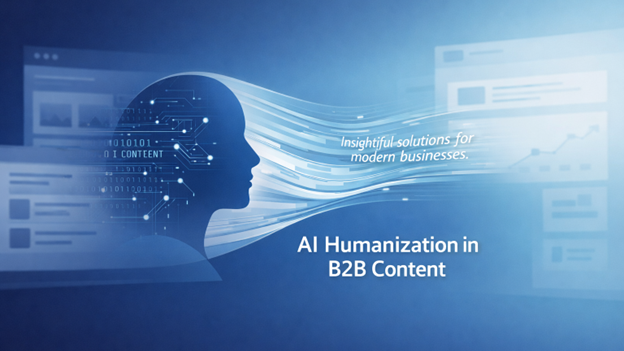How Document Databases Power Agile, Scalable Lead Capture and CRM Systems

In today’s hyper-competitive digital landscape, businesses rely on Customer Relationship Management (CRM) systems and lead capture platforms to drive growth. These systems are responsible for collecting, organizing, and acting upon customer data, from initial contact to long-term engagement. However, as the volume, variety, and velocity of customer data continue to grow, traditional relational databases often struggle to keep up. Lead forms evolve, customer profiles become more complex, and real-time engagement becomes a necessity, not a luxury.
This is where document databases come into play. Known for their flexibility and scalability, document databases are rapidly becoming the backbone of modern CRM and lead capture systems. By allowing developers and product teams to iterate quickly and manage data more fluidly, document databases empower businesses to adapt faster to shifting market demands. This article explores why these databases are a smart choice for building agile and scalable systems designed for today’s dynamic sales and marketing environments.
What Is a Document Database?
A document database is a type of NoSQL database that stores data in flexible, self-describing documents, typically using formats like JSON or BSON. Unlike traditional relational databases that require a fixed schema and rely on tables, rows, and columns, document databases allow each document to have its own unique structure. This makes them ideal for handling varied and evolving data models without costly migrations or schema redesigns.
For example, a customer record in a CRM could contain a basic name and email today, and tomorrow be expanded to include a purchase history, preferences, social media profiles, or notes from a sales rep, all without altering the underlying database structure.
The Need for Flexibility in Lead Capture Systems
Lead capture forms often vary from campaign to campaign. A SaaS company might A/B test multiple versions of a signup form with different fields, while a B2B marketing team might collect detailed industry-specific data. In a traditional relational setup, every new field could require schema changes, migrations, and potential downtime.
Document databases eliminate these bottlenecks. Since each document is independent and schema-flexible, new form fields can be added dynamically, without modifying an entire table or writing complex scripts. This flexibility accelerates experimentation and supports rapid deployment of marketing initiatives, which is crucial for agile teams trying to optimize lead generation.
Agile CRM Development with Document Databases
Agile development methodologies prioritize iteration, collaboration, and rapid delivery—all of which align naturally with the document database model. In CRM development, customer data evolves quickly: new interaction channels are added, sales workflows change, and third-party integrations shift priorities.
Document databases support this kind of evolution by making data modeling more fluid. Developers can add or remove fields from customer profiles or interaction logs without worrying about breaking the system or rewriting database logic. Teams can prototype new features—like email tracking, referral attribution, or chat history—without first architecting an inflexible schema. This shortens development cycles, reduces technical debt, and enables continuous delivery.
Scalability for Growing Data and Teams
CRM and lead capture systems often experience rapid data growth, especially during successful marketing campaigns, product launches, or business expansion. Traditional relational databases can become performance bottlenecks as the number of users, leads, or transactions increases.
Document databases are built to scale horizontally, meaning data can be distributed across multiple servers or clusters seamlessly. Features like automatic sharding and replication help ensure high availability and consistent performance even as traffic spikes or user bases grow. For fast-growing sales teams spread across regions, this means everyone can access up-to-date lead data in real-time without latency or reliability issues.
Real-Time Integrations and Analytics
Modern CRM systems aren’t just about storing data—they also need to power real-time interactions, insights, and automation. Whether it's triggering an SMS when a lead submits a form, updating a dashboard with campaign performance metrics, or running real-time lead scoring, the underlying database must support low-latency reads and writes.
Document databases integrate easily with real-time data pipelines, event-driven systems, and streaming platforms. Their compatibility with tools like Kafka, GraphQL, or change streams allows developers to build responsive features such as smart notifications, AI-powered recommendations, or live analytics dashboards. This enhances the ability of marketing and sales teams to act on data the moment it's collected.
Security and Compliance Considerations
Security and data privacy are essential, especially in CRM systems that handle sensitive customer information. Many document databases come with enterprise-grade security features such as encryption at rest and in transit, access control, audit logging, and backup recovery options.
These features support compliance with regulations like GDPR, HIPAA, and CCPA, which require careful handling of personally identifiable information (PII). Document databases make it easier to isolate and anonymize data, delete user records on request, and demonstrate security practices during audits—all while maintaining system performance and uptime.
Document databases provide a robust foundation for building modern CRM and lead capture systems that are agile, scalable, and responsive to change. With their flexible data models, horizontal scalability, and seamless integration with real-time technologies, they empower organizations to build systems that can evolve with their customers and business needs.
As the complexity of digital marketing and customer engagement continues to grow, traditional databases are becoming a constraint. By adopting document databases, companies can move faster, scale smarter, and deliver better customer experiences. For teams looking to future-proof their CRM or lead generation platforms, document databases are no longer a nice-to-have—they’re a strategic advantage. For more articles on CRM systems and data, visit our blog.









